It’s a Twofer! The Wild Wild West CD1 Debate at Pico/Union…is Joe Bray-Ali a Closet Republican?
EASTSIDER-Since this is the last article before vote-by-mail runoff balloting begins this week, I am going to get a little lengthy and cover two different events. First was the Monday night knock down drag-out debate between Gil Cedillo and Joe Bray-Ali held in the Pico/Union area of the district. Second is the allegation that Joe Bray-Ali was a Republican who switched to Democrat simply in order to take on Cedillo
The Pico Union Debate
If the Highland Park “bike wars” scene was Joe Bray-Ali’s home turf, the Pico/Union District is Gil Cedillo’s. The differences between the Glassell Park primary debate held at Sotomayor Learning Academies, and this one, are huge. At the Glassell Park debate, Joe had the bulk of the crowd on his side. Here at Pico/Union, both sides had a large, rowdy contingent unafraid to express themselves vigorously, but Gil clearly had the majority. And it was another very large crowd. The Monsenor Romero Hall is listed as holding 250, but my best guess is that there were more like 300 packed in.
For those unfamiliar with the area, it is home to some of the poorest in Los Angeles -- homeless, undocumented, dreamers, with everyone mostly squished into a ton of old rental units. It is also a recent victim of the relentless gentrification we Angelenos are getting used to, in this case aided and abetted by clever owner/landlords who know how to threaten and manipulate people without power or resources to fight back.
With a very high density, the area is over 80% Latino, home for a lot of folks from El Salvador and Mexico. It also has pockets of old Victorian houses on big lots, locations that have the non-affordable “affordable housing” developers salivating.
Anyhow, with all the chips on the line, this event was only marginally civil. While Joe Bray-Ali didn’t actually call Gil Cedillo “Road Kill Gil,” that subtext was there loud and clear. And basically, Gil Cedillo did call Joe Bray-Ali a “liar who will say anything to get elected.” Ya gotta love it.
More important to me were the questions asked by the moderator, La Opinion’s Pilar Marrero, who did a good job (under trying circumstances) to maintain some semblance of order and get the questions answered.
Let me give a shout out to the sponsors, including Inquilinos Unidos, Eviction Defense Network, Los Angeles Community Action Network (LACAN), Inner City Law Center, Strategic Actions for a Just Economy, Hunger Action LA, WORKS, the Los Angeles Human Right to Housing Collective, and the National Lawyers Guild’s Housing Committee.
The Eleven Questions
I counted eleven questions. From my hastily written notes, here’s the issues they covered:
- Development, particularly density, affordability, increased mixed use, and displacement issues.
- How to promote real affordable housing, and also answer if affordable housing is really a bait and switch.
- Top three priorities in dealing with gentrification and resulting displacement.
- Handling eviction attempts.
- Housing Authority waiting lists have been closed since 2012, while only homeless are currently getting any vouchers. What’s to be done?
- Renters are often harassed in Pico/Union. Why not adopt an Anti-harassment Ordinance in Los Angeles, like other cities have done?
- What provisions would you make for affordable services for LGBT youth in the area?
- In the Pico/Union area, not to mention McArthur Park/Westlake areas, how will you protect the poor and undocumented as the developers move in and try to displace them?
- How will you ensure affordable housing and at the same time protect the natural environment?
- For renters, how can you help ensure that landlords provide timely and quality repairs for tenants?
- How will you handle the privatization of remaining public spaces?
You can see how closely these questions match up to the demographic realities of the area, along with the fears and vulnerability of many who live there. Clearly these questions played to Gil Cedillo’s strengths and legislative history.
I won’t go into a detailed discussion of each question, since some answers strayed pretty far from the questions and there were often interruptions by one group or another; occasionally, a candidate did not really answer the question. Suffice it to say that these are people and issues that Gil Cedillo is very familiar with, and while Joe Bray-Ali gave it a decent try, this was a far cry from his home base of Highland Park and Glassell Park.
On the substance of the answers, and factoring out personal attacks, Cedillo clearly had the best of it, recognizing that some of these important questions really have no simple answers that can be addressed in a debate setting.
Is Joe Bray-Ali Really a Closet Republican?
Last Saturday a flyer made the rounds from Eric Bauman, head of the LA County Democratic Party. It essentially said that Joe Bray-Ali was registered as a Republican back in 2012, and has only changed his affiliation to Democrat in order to run against Gil Cedillo in an overwhelmingly Democratic Council District.
I understand why Joe would change his affiliation to run in CD 1 -- a Republican might just as well commit suicide as run under that banner in this district. And I don’t question his right to do so, for whatever reasons. But it seemed pretty weird that this issue did not surface until now.
Actually, it all makes me wonder if the EAPD (East Area Progressive Democrats) knew about it when they endorsed Joe as a Dmocrat, and you can be sure it will be a hot topic at the NEDC (Northeast Dems) endorsement meeting on April 19. While I am unaware of any particular rule that the Democratic Party or, for that matter, either of the clubs have regarding how long you have to be a Dmocrat to be eligible for an endorsement, you would think that it would be a proper subject for discussion.
So I sent an email to Ari Bessendorf, Joe Bray-Ali’s Campaign Manager, asking for a response to the hit piece. I have never heard back from him. Due to this non-response, and based on the fact that during the Pico/Union Debate Joe never denied that he had been a Republican, I conclude that the allegations are true.
Maybe I’m just old school, and it may be that the younger generation moving into CD 1 are a lot more cynical and apolitical than my generation and don’t care too much about party affiliation. Goodness knows, they have enough on their plate with huge student loans, no guaranteed jobs, and outrageous housing costs. Besides, as readers of CityWatch know, the Mayor and City Council are pretty non-partisan as they march to the tune of the developers, 15-0 no matter what.
In the end, for me, the issue of being a Democrat over time is a big deal. My dad was a progressive Democrat and dentist in Orange County, and paid a pretty big price for his views in the heyday of the John Birch Society. Personally, I’ve always been part of the ground-up progressive wing of the Democratic Party, demanding that they listen to the troops instead of acting like a top down club for lifer politicians and the big money that co-opts them all too often. And that was before I went to Berkeley in the 60s.
The Takeaway
Over the years, I’ve pretty much lived all over LA, from Beachwood Dr. and Laurel Canyon, to Park LaBrea and The Brewery in Lincoln Heights. Even spent some time over in the soft underbelly of East Hollywood by LA City College; and now I live in Glassell Park. It’s a glorious, crazy and very unforgiving town unless you have money.
For all that, throughout my journey I have come love this patchwork that we call Los Angeles, even with all its constant upheavals.
In terms of the runoff, I actually like both candidates. Even though he acted like an out-of-control you-know-what during the “bike wars”in Highland Park, Joe is not afraid to call out the establishment and put pedal to the metal. He’s willing to give his all to try and change the system -- running for office without serious money is not for the faint of heart. He has a passionate following and it is only likely to grow as CD 1 continues to morph into whatever gentrified entity we are going to become, increasing inequality and all.
I also like Gil. He’s a hard guy to get to know, and he does not have that “hi, how are ya’” plastic veneer of the true professional politician -- like Eric Garcetti or Herb Wesson, who smile at you even though they’d do you in without even a flicker of emotion. At the same time, I know that Gil has always had a real passion for the under-represented like the undocumented and dreamers, even though those people mostly don’t vote and have a very healthy distrust of government. He’s demonstrated these qualities going all the way back to when he ran SEIU Local 660 (now SEIU Local 721) in LA County. And that was at a time when these opinions were not without controversy. Same for the California state legislature.
And yes, Gil plays the game and takes the developer/Chevron money. But of course, so does the entire rest of the LA City Council, the Mayor, and the City Attorney -- including, by the way, CD 13’s Mitch O’Farrell, a Democrat who recently endorsed Joe Bray-Ali.
At the end of the day, I’m voting for Gil Cedillo and would urge you to do so as well.
(Tony Butka is an Eastside community activist, who has served on a neighborhood council, has a background in government and is a contributor to CityWatch.) Edited for CityWatch by Linda Abrams.


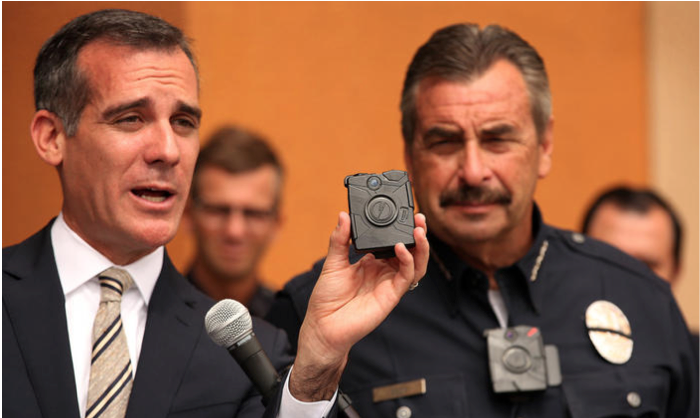
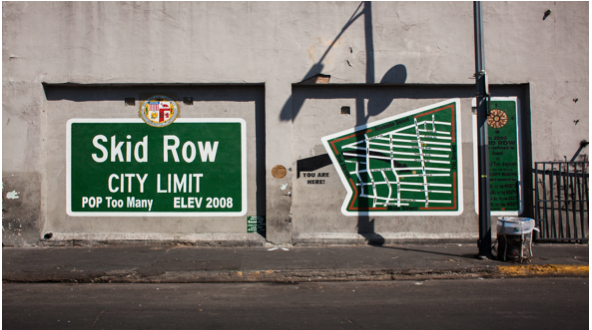



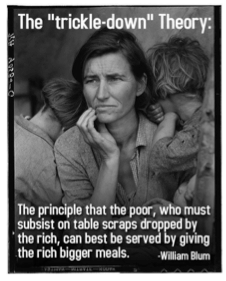 But, as for the other part of the equation – fixing LA’s housing crisis – their theory has been a bust. Despite years of granting real estate developers every zoning request they request, as well as notoriously lax enforcement of the City’s building and zoning codes, LA’s
But, as for the other part of the equation – fixing LA’s housing crisis – their theory has been a bust. Despite years of granting real estate developers every zoning request they request, as well as notoriously lax enforcement of the City’s building and zoning codes, LA’s 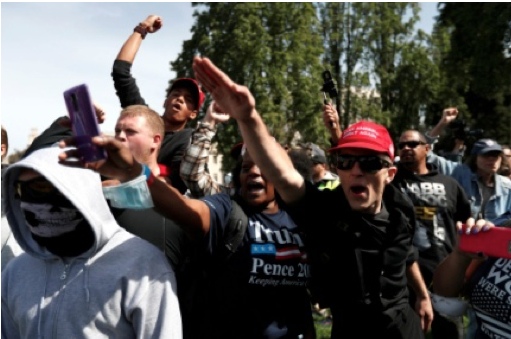

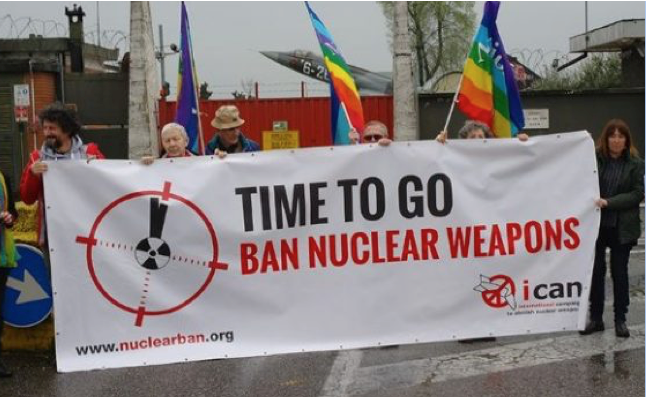

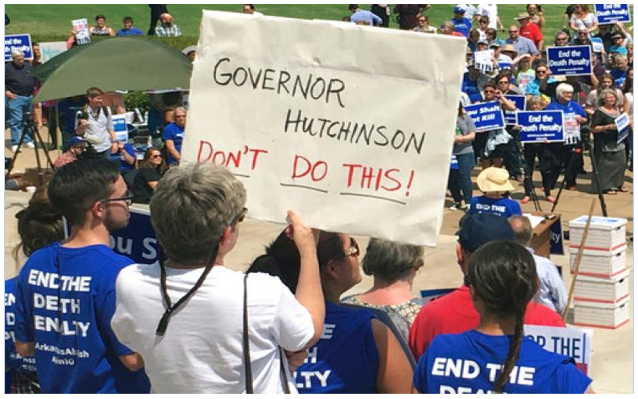
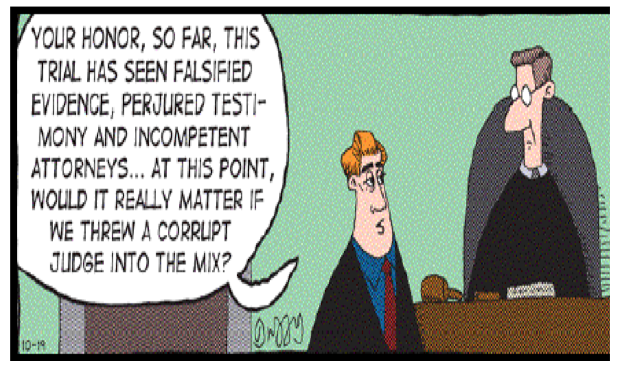
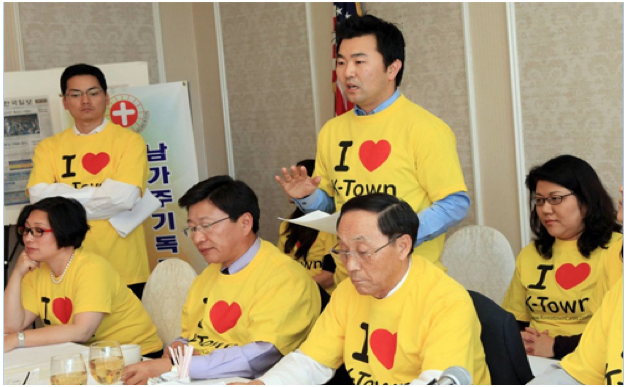
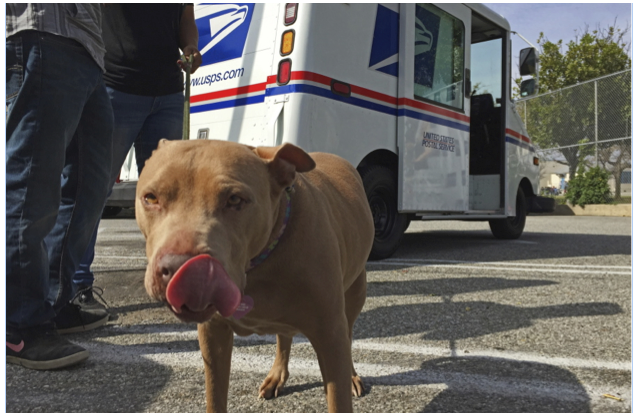


 If you count in the electricity generated by r ooftop solar panels, then on that day at that time, California was actually getting 50 percent of its electricity from solar.
If you count in the electricity generated by r ooftop solar panels, then on that day at that time, California was actually getting 50 percent of its electricity from solar.
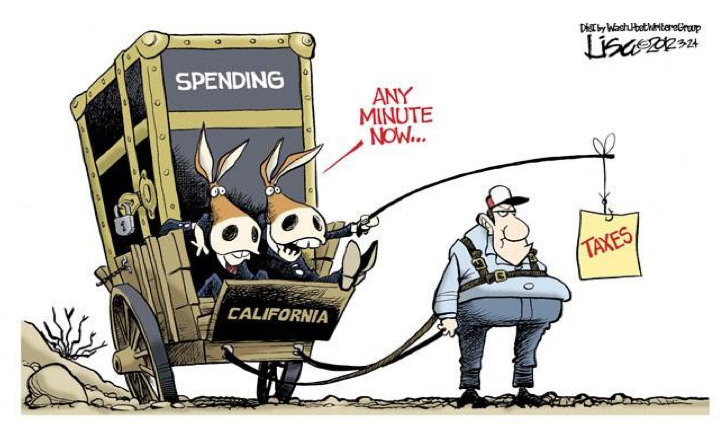

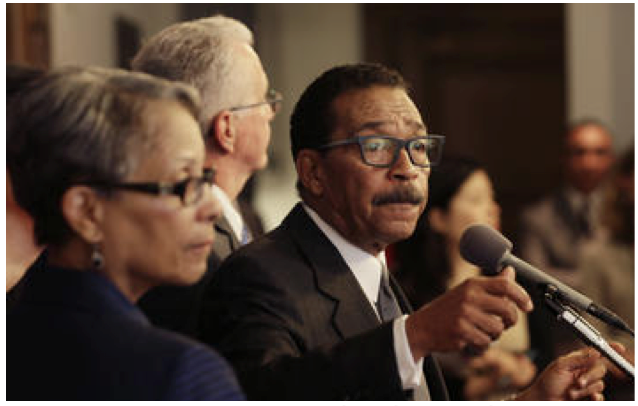

 Similar scenarios are unfolding in
Similar scenarios are unfolding in 













